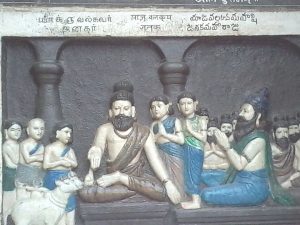Assessing the Five-Man Panel Report in Light of Mīmāṁsā
The only meaningful aspect of the report that merits scrutiny are the different approaches, or theories, of textual interpretation that the Minority and Majority use to reach their opposite conclusions. The Minority explicitly names a theoretical approach that they use for interpreting applicable law, and interpretations produced by this approach form the basis of their dissent. . . . It is unnecessary to examine the final decisions each side has made, since they proceed from their different ways of interpreting GBC laws. Hence, in order assess which side has more merit, it is necessary only to consider the different approaches to textual interpretation used by each side.

